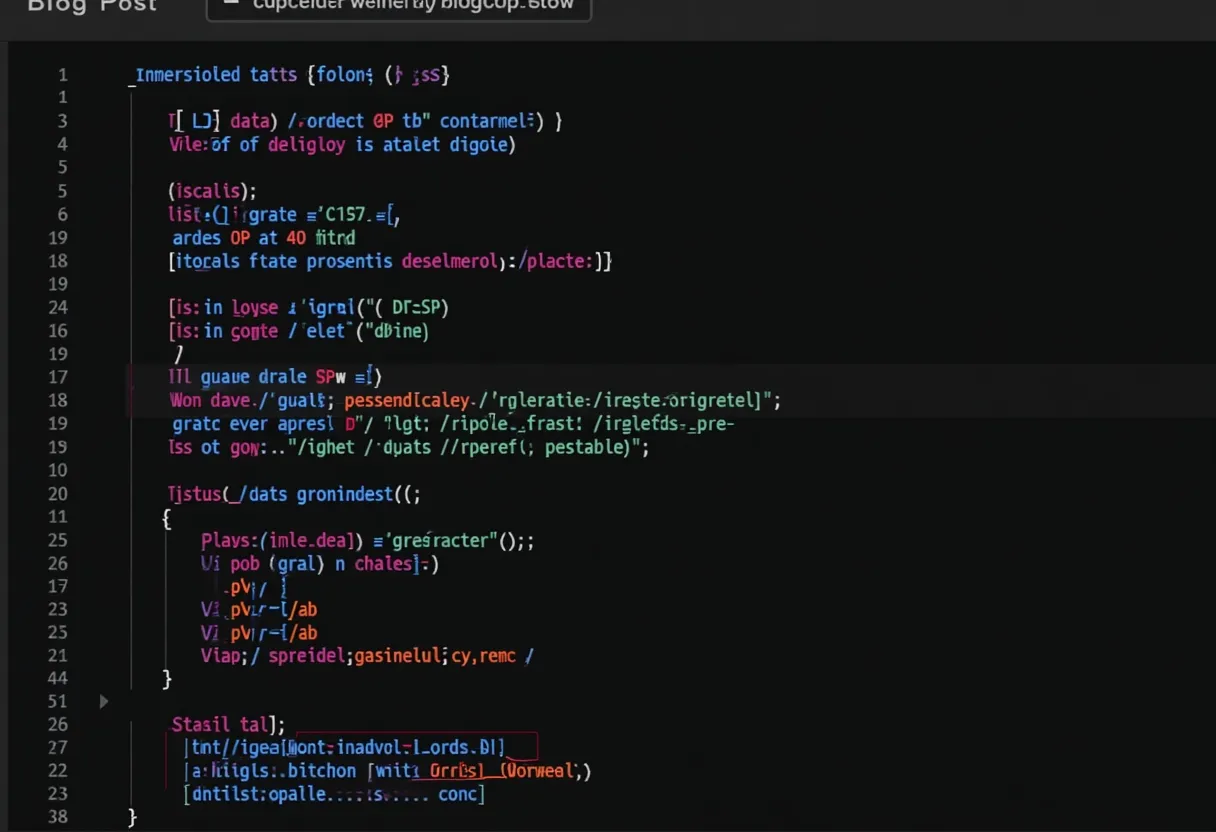Understanding Bitcoin’s OP_RETURN Functionality
Bitcoin, the pioneering cryptocurrency, is not only a medium for value transfer but also a decentralized platform that enables a variety of applications. One such application is the use of OP_RETURN, an opcode that allows users to embed data into Bitcoin transactions. However, this functionality has stirred up considerable debate within the community, particularly regarding its limits and implications.
What is OP_RETURN?
OP_RETURN is a feature that enables users to attach a small amount of arbitrary data to a Bitcoin transaction. This data can be utilized for various purposes, including:
The introduction of OP_RETURN was intended to provide a more efficient way to handle data storage on the blockchain, as it allows users to mark outputs as unspendable. This means that the space occupied by the OP_RETURN outputs does not contribute to the overall transaction output count, thereby enhancing the efficiency of the Bitcoin network.
The Limits of OP_RETURN
While OP_RETURN has opened up new possibilities for data storage on the Bitcoin blockchain, it comes with limitations that are crucial to understand:
1. Data Size Limitations: Each OP_RETURN output can only contain up to 80 bytes of data. This constraint is significant as it restricts the type and amount of information that can be embedded in a single transaction.
2. Blockchain Bloat Concerns: The Bitcoin community is particularly sensitive to the issue of blockchain size. Allowing excessive data storage could lead to significant growth in the blockchain, making it more cumbersome for nodes to store and validate transactions.
3. Transaction Fees: Embedding data in Bitcoin transactions incurs additional fees. Users must weigh the costs of including OP_RETURN outputs against the benefits of storing their data on the blockchain.
The Data Dilemma: Balancing Innovation and Limitations
The debate surrounding OP_RETURN is a microcosm of the broader discussions within the Bitcoin community about the appropriate use of blockchain technology. On one hand, there is a desire for innovation and the ability to leverage Bitcoin for diverse applications beyond currency. On the other hand, there are valid concerns about the long-term sustainability and efficiency of the network.
Innovation Through OP_RETURN
Despite its limitations, OP_RETURN has sparked innovation in various sectors. Developers and entrepreneurs are exploring creative ways to utilize this functionality, including:
These innovations reflect the growing interest in utilizing Bitcoin’s underlying technology for purposes beyond mere currency transactions. However, they also raise questions about the potential for misuse and the impact on the network’s efficiency.
Community Perspectives on OP_RETURN
The Bitcoin community is diverse, encompassing a range of opinions on the use of OP_RETURN. Some members advocate for its benefits, emphasizing the importance of flexibility in utilizing the blockchain for various applications. Others express concerns about the potential for blockchain bloat and the need to prioritize Bitcoin’s core functionality as a digital currency.
Key Points of Debate:
Conclusion: Navigating the Future of OP_RETURN
As Bitcoin continues to evolve, the debate surrounding OP_RETURN and its limitations will likely persist. Striking a balance between innovation and network efficiency will be crucial for the future of the Bitcoin ecosystem.
The OP_RETURN feature has the potential to drive significant innovation, but it must be approached with caution. The community must work together to ensure that the use of this functionality does not compromise the integrity and efficiency of the Bitcoin network.
In navigating the future of OP_RETURN, it is essential to remain vigilant about the implications of data storage on the blockchain. By fostering a collaborative approach that takes into account the diverse perspectives within the community, Bitcoin can continue to grow as a robust platform for both currency and innovation.
As the landscape of cryptocurrency continues to evolve, understanding the nuances of features like OP_RETURN will be critical for developers, investors, and users alike. The journey ahead is filled with opportunities and challenges, but with informed discussions and responsible practices, the Bitcoin community can navigate the data dilemma effectively.






